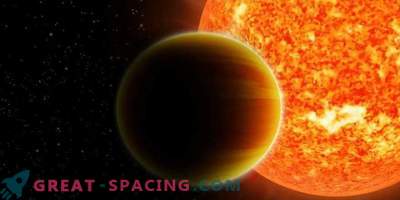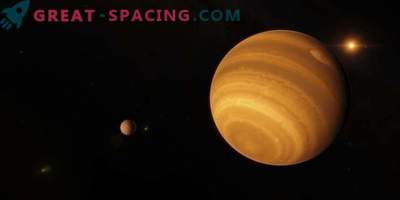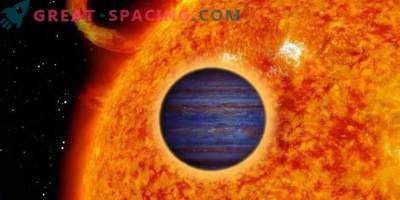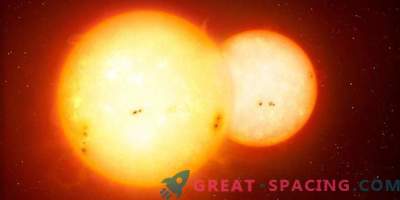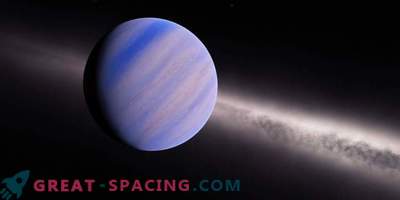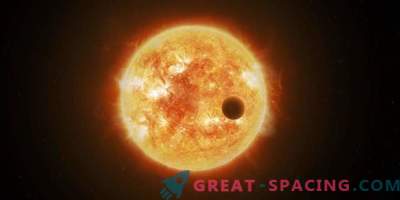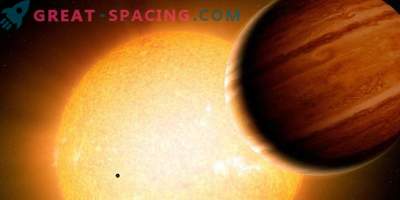
Left: calibrated K2 photometry for HD 89345 (top) with vertical marks indicating transit locations, as well as the best model of the light curve (bottom). Right: the same for HD 286123
Using the extended mission of NASA K2, the researchers were able to identify two new exoplanets belonging to a variety of gas giants. Alien worlds are designated as HD 89345 b and HD 286123 b. These are warm low-density giants living near bright stars.
The stars were observed by the K2 mission from March to August 2017. K2 is the Kepler spacecraft mission, performing high-precision photometry of selected fields in the ecliptic. This is an extended program, since in 2013 two reaction wheels ceased to function. Since then, the unit has managed to find more than 300 extrasolar worlds.
Recently, K2 recorded transit signals in the light curves of stars HD 89345 and HD 286123. Later, the planetary nature was confirmed by photometric and spectroscopic observations.
With a mass of 0.1 Jupiter and a radius of 0.61 Jupiter, the planet HD 89345 b is considered sub-Saturn. Its main star reached an age of 5.3 billion years with a spectral class of G5V-G6V (66% larger and 22% more massive than the Sun). Distant from us at 413 light years. The effective temperature of the star is 5609 K. The orbital period of the planet reaches 11.8 days with a distance of 0.11 a. e. Its surface warms up to 1059 K. But HD 286123 b resembles Jupiter in size (1.08 of its radius), but it is 60% less massive. Rotates around its star for 11.2 days with a distance of 0.1 a. e. The spectrum of the star - F9V-G0V, reaches 1.25 solar radii, by massiveness exceeds by 8%, and age - 6.5 billion years. Lives at a distance of 434 light years. The effective temperature of the star is 5855 K, and the planet warms up to 999 K. It belongs to the type of low-mass warm Jupiter.
Due to the fact that the exoplanets found reside on the orbit of relatively evolving main sequence stars with an age of 5-7 billion years, and their periods are 10 days, scientists consider them as promising candidates for studying the evolution of gas planets, migration, and re-inflation process.
Both planets spent their entire lives near the estimated threshold for stellar exposure when giants become bloated. But they show no signs of inflation of a radius. Researchers plan to study the conditions when inflation begins to become noticeable. In addition, stellar brightness makes these worlds excellent targets for transit spectroscopy, which allows to study the atmosphere.

